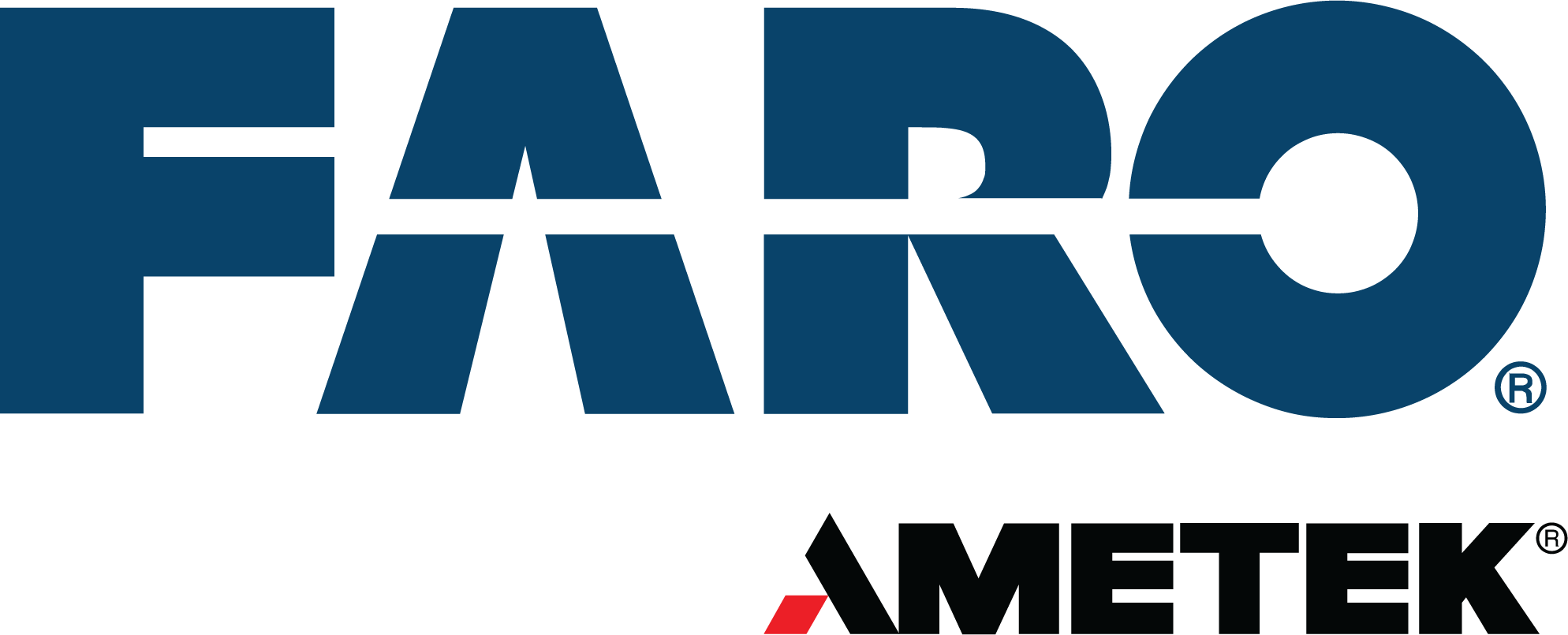drug aggregation ability
Features of Bispecific IgGs
Bispecific IgGs are a widely used format of BsAbs that maintain the general size and structure of conventional IgGs. They share similar biophysical properties with regular IgGs, including high serum stability, long half-life, and effective tissue penetration. Bispecific IgGs contain the Fc region, which can be engineered to adjust effector functions. They are typically generated through recombinant expression or hybrid-hybridoma technology. Their IgG-like nature makes them a versatile platform for therapeutic applications, combining dual-antigen targeting with established IgG benefits.
Symmetric BsAbs maintain the IgG-like HC2LC2 format, augmented with additional binding domains for a second antigen. These typically result in tetravalent 2+2 bispecifics, but hexavalent 2+4 forms exist via double fusions. Common formats include scFv-IgG, tandem scFv-Fc, sdAb-IgG fusions, and tetra-VH IgG.
Their key advantage is simplified assembly, requiring expression of only one or two polypeptide chains, reducing optimization complexities compared to asymmetric bsAbs. The HC2LC2 structure minimizes misassembly risks. Selecting appropriate exogenous antigen-binding domains is crucial. ScFvs are traditional choices, but smaller sdAbs gain traction due to their monomeric nature, avoiding aggregation issues seen with scFvs. Glycine-serine linkers, or those derived from natural antibody linkers, are used for flexible and stable fusions. The modular nature of antibodies permits diverse fusion locations, enabling tailored structural designs.
Asymmetric Bispecifics
Asymmetric BsAbs are engineered to ensure each half of the antibody binds a different antigen, avoiding unwanted homodimer formation. Asymmetric bispecifics, closely resembling the native molecular geometry of IgG, offer excellent drug-like properties. Their architecture provides flexibility in valencies, enabling monovalent (1+1) or trivalent (2+1) formats, beyond the standard bivalent Y-shape. This flexibility allows for tailored therapeutic effects. The high structural similarity to natural IgGs is believed to minimize immunogenicity risks, enhancing safety. However, achieving this asymmetry requires complex engineering to ensure proper heavy and light chain pairing, a key challenge in their development.
